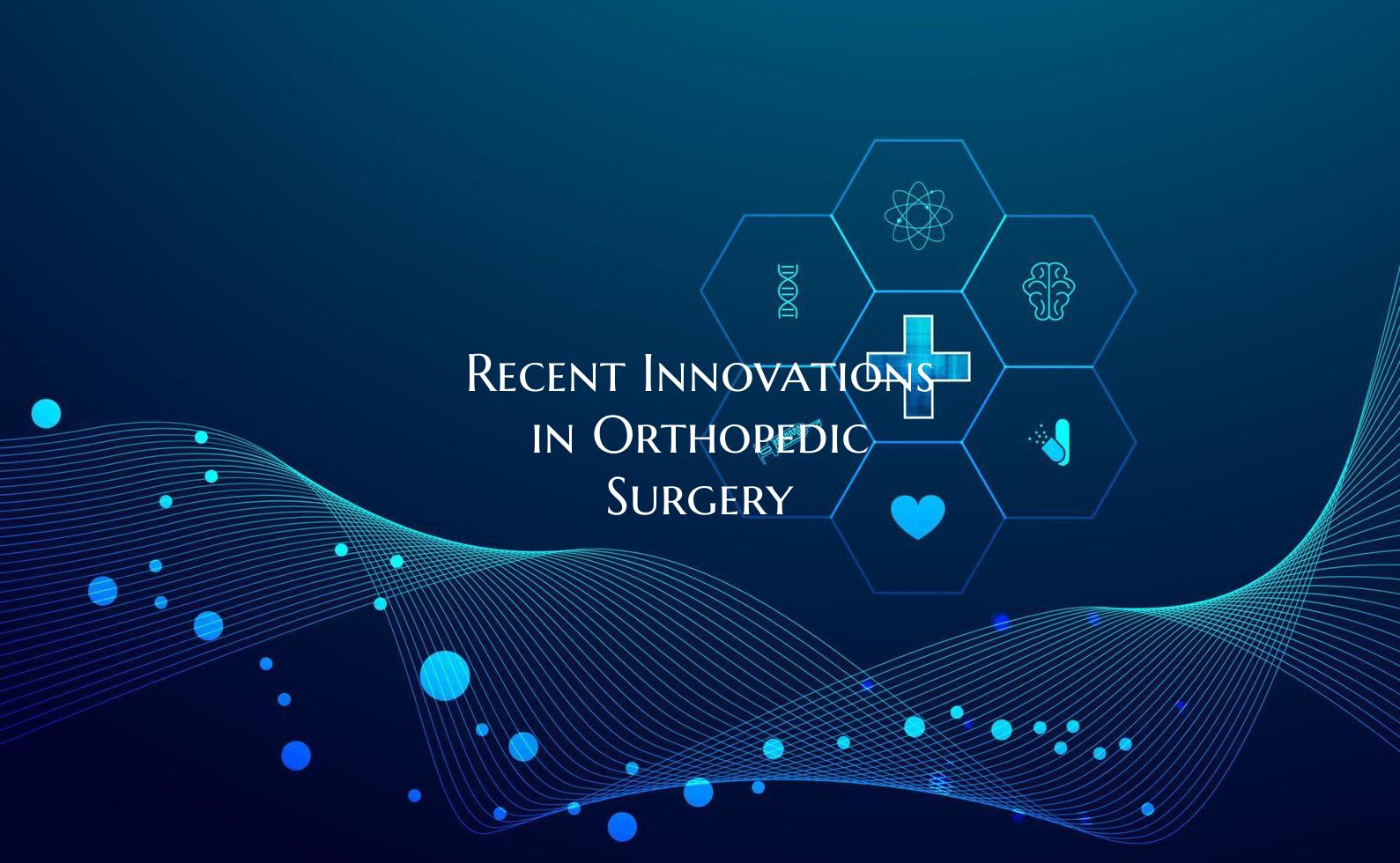
Recent Innovations in Orthopedic Surgery
Orthopedic surgery has witnessed remarkable advancements in recent years, revolutionizing the way various orthopedic conditions are treated. These innovations have not only improved patient outcomes but also enhanced the overall surgical experience. Let's explore some of the groundbreaking advancements that are shaping the field of orthopedic surgery:
1. Minimally Invasive Techniques: Minimally invasive orthopedic surgery techniques have gained popularity due to their reduced recovery times, smaller incisions, and lower risk of complications compared to traditional open surgeries. Procedures such as arthroscopy, used in repairing damaged joints like the knee and shoulder, have allowed patients to return to their normal activities much faster.
2. 3D Printing: The introduction of 3D printing technology has transformed the production of custom implants and prosthetics in orthopedic surgery. Surgeons can now create patient-specific implants tailored to the individual's anatomy, resulting in better fit and improved outcomes. This innovation has significantly contributed to the success of complex joint replacement surgeries.
3. Robot-Assisted Surgery: Robotic systems are being increasingly utilized in orthopedic surgeries to enhance precision and accuracy. These systems assist surgeons in performing complex procedures with more control and minimal invasiveness. Robot-assisted surgery reduces the risk of human error and allows for better alignment and placement of implants, leading to improved long-term function and longevity.
4. Biologics and Regenerative Medicine: Advances in biologics and regenerative medicine have opened new frontiers in orthopedic treatments. Techniques such as platelet-rich plasma (PRP) therapy and stem cell injections promote tissue healing and regeneration, offering non-surgical alternatives for conditions like tendon injuries and osteoarthritis. These therapies harness the body's natural healing processes, providing patients with innovative options for managing orthopedic disorders.
5. Augmented Reality and Virtual Reality: Augmented reality (AR) and virtual reality (VR) technologies are being integrated into orthopedic surgery for pre-operative planning, intraoperative guidance, and training purposes. Surgeons can visualize patient anatomy in 3D, simulate procedures, and navigate complex structures with more precision. These immersive technologies enhance surgical accuracy, reduce operative time, and improve overall patient safety.
In conclusion, the field of orthopedic surgery continues to evolve rapidly with the advent of these innovative technologies and techniques. These advancements not only offer more effective treatment options but also pave the way for personalized and tailored approaches to orthopedic care. Embracing these recent innovations holds great promise for further improving patient outcomes and reshaping the landscape of orthopedic surgery.